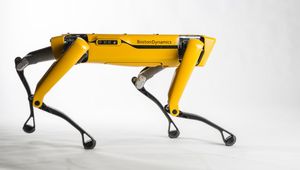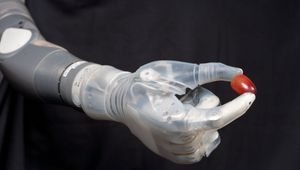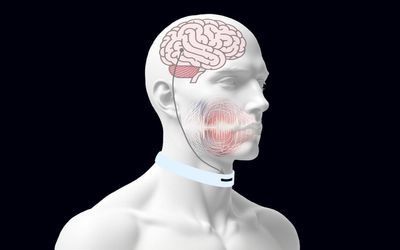Infineon Technologies XENSIV™ MEMS Microphones for Automotive
MEMS microphones for audio and speech applications in automotive environments
Technical Specifications
| Product Type | Automotive MEMS microphones |
| Minimum Flat Frequency Response | 07 Hz |
| SNR | 64 dB(A) |
| Operating Temperature Range | -40 to +105 Degrees Celsius |
| Applications | Active Noise Cancellation, Emergency Calls, Siren Detection, Voice Control |
Overview
These Infineon Technologies XENSIV™ MEMS microphones are designed for automotive applications and meet the AEC-Q103-003 automotive quality standard. The microphones offer several audio- and speech-application features such as no distortion, ANC, phase matching, and close sensitivity features to facilitate in automotive environments.
The microphones feature a miniaturized form factor with enhanced capabilities that improve road safety by detecting emergency sirens and hazardous conditions. Thanks to a compact design, the microphones can be mounted in powertrains, wearable devices, robots, drones, e-bikes and cars, and industrial drives.
Performance Support for Demanding Audio Applications
The Infineon MEMS microphones are designed for applications requiring exceptional audio quality and functionality. They offer an array of standard and advanced audio and speech processing features for clean, clear, and reliable audio performance. Some of its top features include:
High Signal-to-Noise Ratio and Low Self Noise - Allows the device to process audio and speech with minimal signal interference delivering a clear speech quality and audible output, especially in high-noise environments. Enables the signal pickup for far-field audio signals, whispers, and lo-volume audio. Also enhances performance with speech recognition algorithms.
Low Distortion - Enables smooth and accurate audio signal reproduction.
Low Cut-off Frequency - Allows for enhanced Active Noise Cancellation, particularly for acoustic signals. Moreover, it can handle loud sounds without clipping thanks to a high acoustic overload point.
Total Harmonic Distortion - Provides a clear speech output in a wide dynamic range and ensures reliable communication in regions with high background noise.
Phase matching and Close Sensitivity - Improves performance in audio beamforming and precisely attenuates background noise. Moreover, expands the capabilities of voice algorithms.
Efficient ASIC Design for Quality Signal Processing and Safety Features
The Infineon Technologies XENSIV™ MEMS Microphones are powered with a microphone-specific ASIC. It features some advanced tools to ensure optimal performance at high sound pressure levels. Here is a quick look at the top ASIC features:
THD compensation algorithm - Minimizes distortion at high sound pressure levels.
Ultra-low-noise preamplifier - Amplifies weak audio signals with minimal noise addition. It’s an extremely low-noise preamplifier with a tight manufacturing tolerance and a specialized calibration algorithm.
High-performance ADC - A sigma-delta analog-to-digital converter that converts analog audio to digital with exceptional precision.
Due to such a wide array of features, the MEMS microphones offer reliable output audio quality and speech processing capabilities, making them a preferable choice in many industrial and commercial applications. For instance, the microphones are suited for user convenience in:
Wearable and hearable devices
Hands-free and voice-control applications
E-bikes, body, and comfort applications
Likewise, the high sensitivity features make these microphones more useful for safety applications such as:
Siren detection
Active noise cancellation
Road noise cancellation
Emergency calling
Road condition detection.
Where to find it

Mouser Electronics
Mouser Electronics is a worldwide leading authorized distributor of semiconductors and electronic components.










